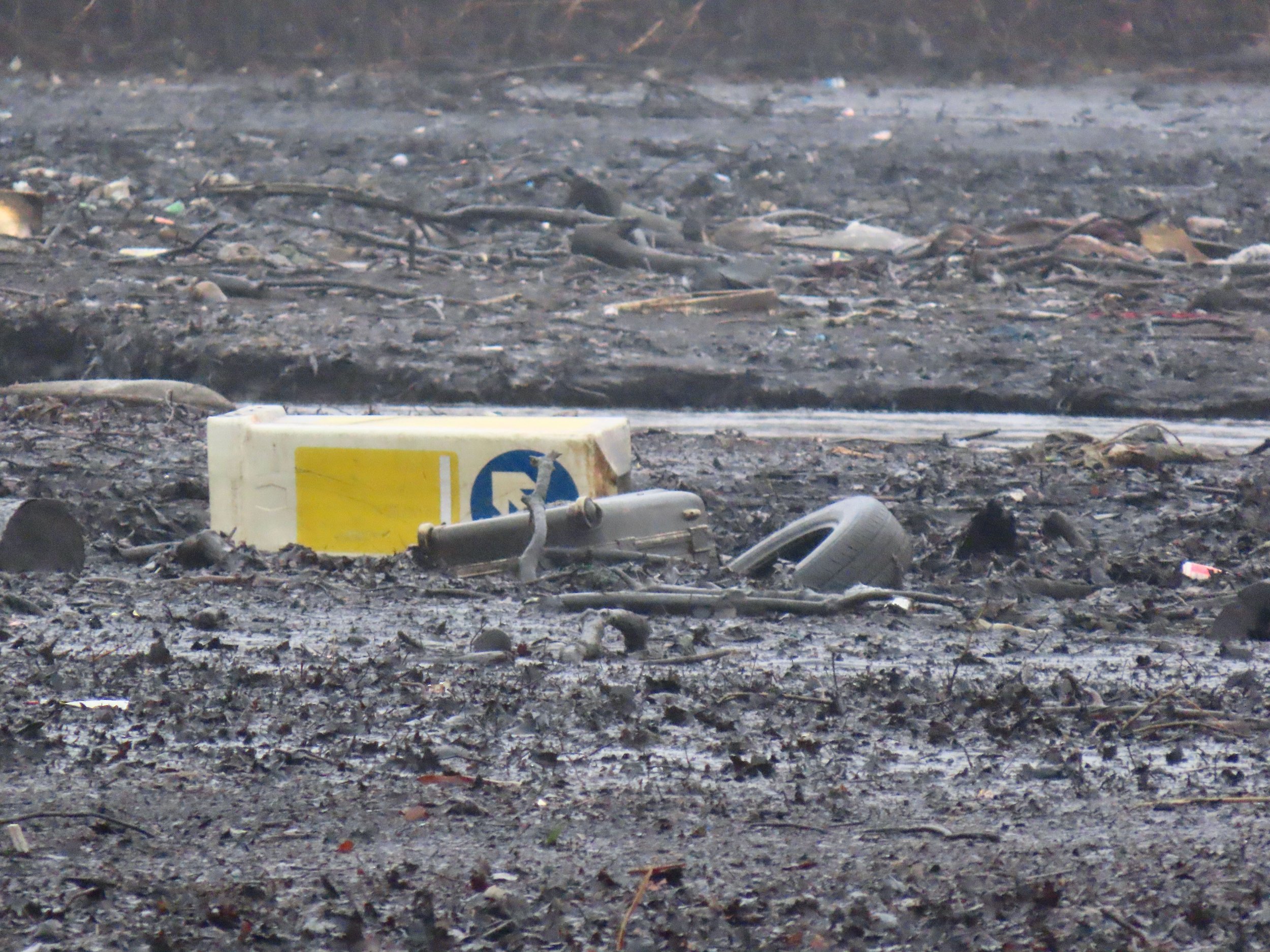
Since 2021, we have been the catalyst behind major environmental change at the Welsh Harp.
Who are we?
Cool Oak is an alliance of activists for Brent Reservoir formed by local musician, writer and independent environmental campaigner, Ben Watt. Other cornerstone figures in the group are Leo Batten (professional conservationist, ornithologist, founding member of Welsh Harp Conservation Group), long-standing local green activist Daniella Levene (founder of Friends of the Welsh Harp), and Leila Taheri and Livia Forte (co-managers of Friends of the Welsh Harp).
We have presented photo-stories and aired issues online, organised volunteer clean-ups, and delivered detailed reports to the Welsh Harp Joint Consultative Committee. We have met for discussions and site visits with Natural England, Environment Agency, all three owners and the local MP.
We have been the subject of news reports on BBC London News and ITV, and seen support for our work from RSPB, Thames21, London Wildlife Trust, the Good Law Project, the ENDS Report and across several political parties.
Why did we form?
In January 2021 the water level of the reservoir was temporarily lowered for dam repairs.
It starkly revealed the full extent of a decades-old ecological crisis (see our Flickr photo report) - unchecked plastic pollution, thick deltas of toxic sediment, overgrown habitats, poor water quality, falling wildlife numbers and fly-tipped waste.
We are not the first to fight for the Welsh Harp, and we respect the efforts over the years of numerous local volunteers and conservationists, but growing neglect, poor official stewardship and the evaporation of funding has blighted the reservoir - a historic SSSI - for too long.
We wanted to take new direct action.
Why the name?
Cool Oak Lane - linking West Hendon with Kingsbury - is the little-changed ancient country lane that bisects the reservoir. It has been synonymous with the area for centuries.
The Grade II-listed Cool Oak Bridge, that crosses the water near the lane’s eastern end dates back to the formation of the reservoir in the 1830s. Before that, a causeway across the Silk Stream stood in its place.
The bridge - and the recently-added footbridge alongside - are the Welsh Harp’s only public crossing points.
They link the two distinct arms of the reservoir and offer views across to both the protected north and east marshes and the open water beyond.
Photo (above): Magnus Andersson

What is the Welsh Harp?
Almost two-hundred years old, the Welsh Harp (Brent Reservoir) is 170 acres (69 hectares) of open water, marsh, fen and willow carr, scrub and woodland, ancient hedgerow, rough grassland, allotments and playing fields, six miles north-west of the centre of London.
The reservoir was originally formed in the 1830s to provide water for London’s canals by damming the River Brent at Kingsbury, and flooding a shallow valley between Neasden and West Hendon. Originally named Kingsbury Reservoir, it gets its popular name from Warner's Old Welsh Harp, a Victorian tavern and music hall, that stood from 1858 near the south-east corner and staged regattas, races and fairs at the reservoir for over forty years at the end of the nineteenth century.
Today - overlooked by the A406 North Circular and Wembley Stadium - the Welsh Harp is part recreational space for sailing, water sports and walking, and part protected wildlife sanctuary.
The reservoir and its shoreline was declared a Site of Special Scientific Interest (SSSI) in 1950, predominantly for its breeding wetland birds, over-wintering waterfowl, and complex communities of fenland plants. It was subsequently re-notified in 1985 under the Wildlife and Countryside Act 1981. Its gently sloping earth banks, natural margins and varied waterside habitats are unusual for one of London’s large artificial lakes. The main bird refuges are located on and around the east and north marshes.
In 2005, the reservoir and wider surrounding area was made a Local Nature Reserve. Rough grassland, ancient hedgerow, mixed woodlands, playing fields and overgrown allotments all encourage a rich mix of notable wildlife and flora. The Welsh Harp is also a Site of Metropolitan Importance for Nature Conservation.
There are three owners. The reservoir and shoreline are owned by Canal and River Trust, who took over from the now-defunct British Waterways in 2012. The ownership of the land is divided between Barnet Council and Brent Council. The council boundary runs through the middle of the site. Historically, maintenance by owners has been supplemented by the work of volunteer groups and conservation charities such as Welsh Harp Conservation Group, Friends of the Welsh Harp, London Wildlife Trust and Thames21.
The two inflowing rivers - the River Brent and Silk Stream - are managed by the Environment Agency, which also supervises the reservoir’s flood control function. The dam is positioned at the south-western end for the River Brent outflow.
Natural England advises owners on environmental issues and oversees their obligations to protect and enhance the Welsh Harp’s SSSI status.

“Welsh Harp SSSI faces many challenges, and we support the campaign for action to restore, protect and promote it.”
- London Wildlife Trust
